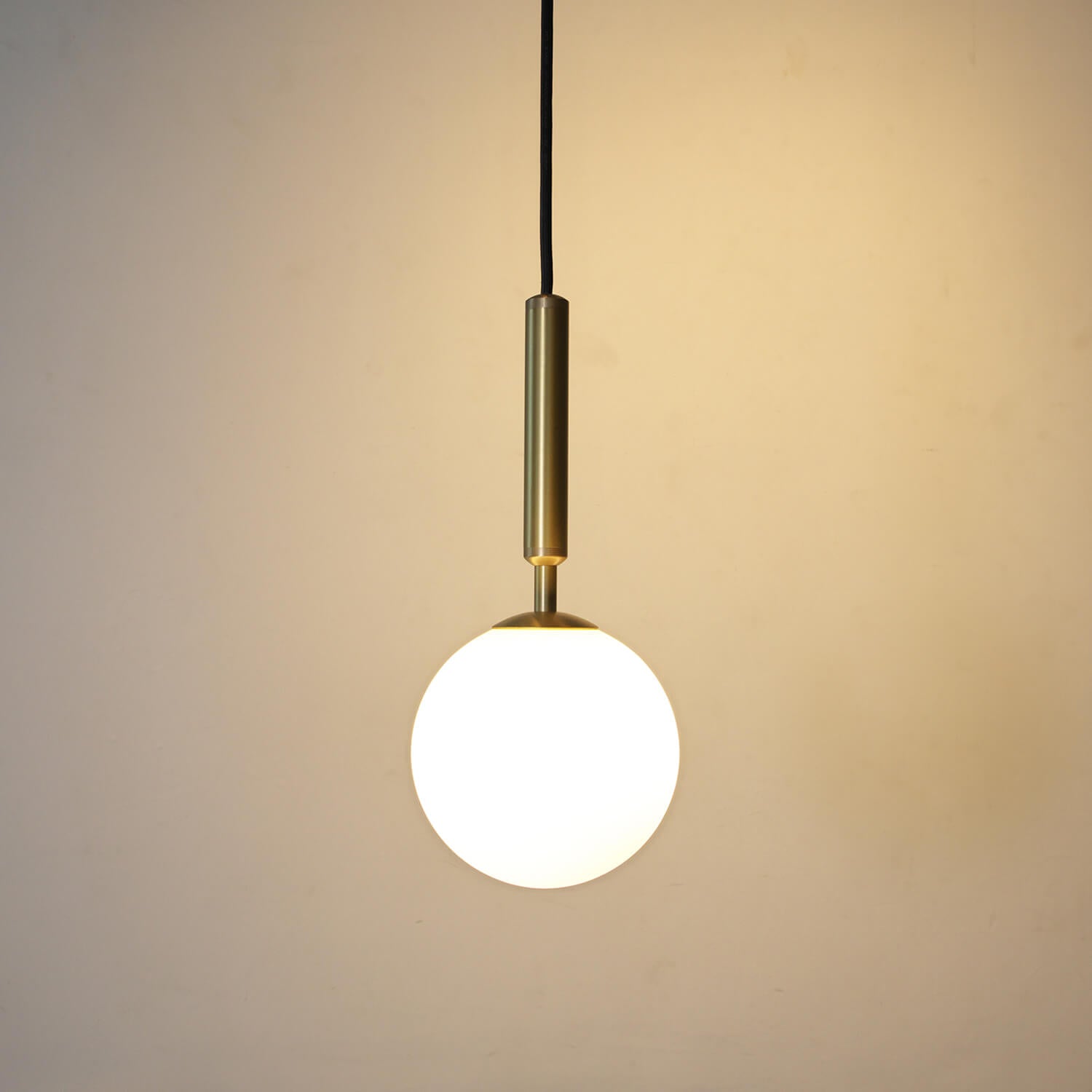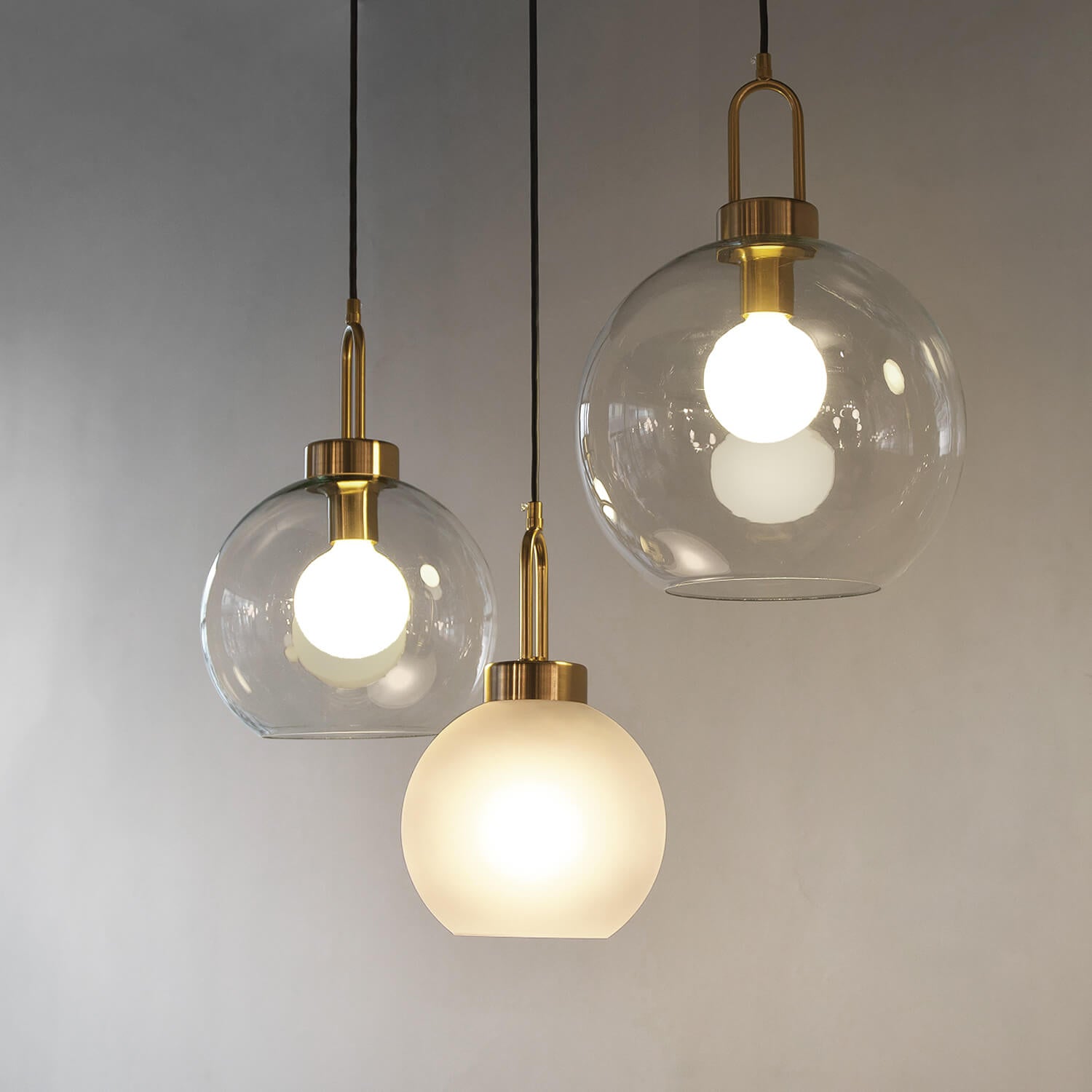The History of Bubble Lights
Bubble lights have been around since the 1940s and were initially considered a luxury item due to their high cost. These lights were designed by Carl Otis, who was a US Army engineer. Otis was inspired by the liquid-filled vials he saw in the instruments he was working with, and he decided to use this concept to create decorative lights. In the 1970s, bubble lights became more affordable and popular among consumers. They gained a reputation for adding a touch of whimsy and wonder to holiday decorations.
How Bubble Lights Work
Bubble lights are simple yet fascinating. They consist of a tube filled with a liquid that heats up when electricity is passed through it. The heated liquid rises to the top of the tube, where it floats and creates the illusion of a bubble. This process is repeated over and over again, creating a mesmerizing effect. The most common liquid used in bubble lights is methylene chloride, which has a low boiling point and therefore creates bubbles at a relatively low temperature.
The Different Types of Bubble Lights
Bubble lights come in a variety of shapes and sizes. The most common type is the classic bubble light, which has a cylindrical tube with a bulb at the bottom. There are also novelty bubble lights that come in different shapes, such as stars, snowflakes, and even Santa Claus. These lights are often used as a fun and festive addition to holiday decorations.
The Benefits of Bubble Lights
Bubble lights are a great way to add a whimsical touch to your holiday decorations. They create a magical atmosphere that appeals to children and adults alike. Bubble lights are also energy-efficient, as they use low-wattage bulbs that consume minimal electricity. Additionally, many people find the sound of the bubbles popping to be soothing and relaxing, making bubble lights a great addition to any room.
The Drawbacks of Bubble Lights
While bubble lights are undoubtedly beautiful, they do have some drawbacks. Firstly, they can be quite fragile, and the tubes can easily break if mishandled. Secondly, bubble lights can be finicky and may not work properly if they are not positioned correctly or if the liquid inside has evaporated. Lastly, bubble lights can be challenging to clean, as dust and debris can accumulate inside the tubes over time.



